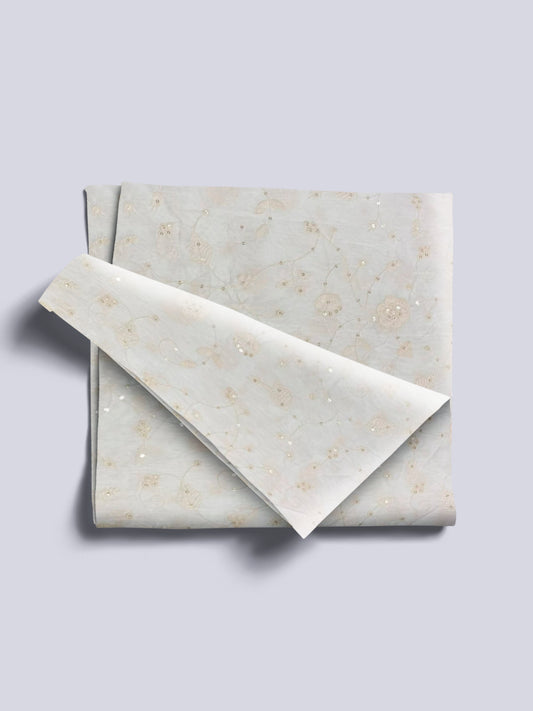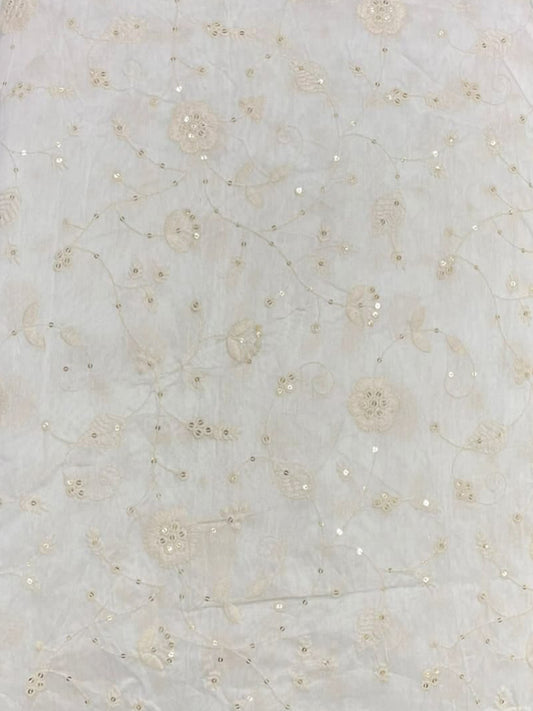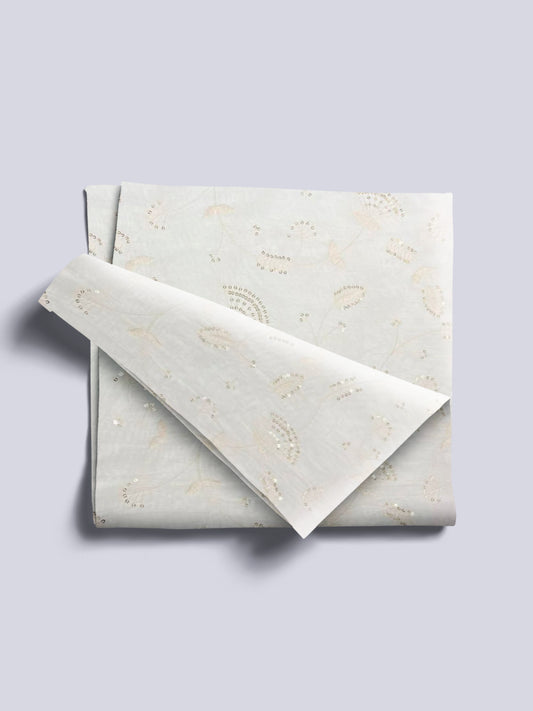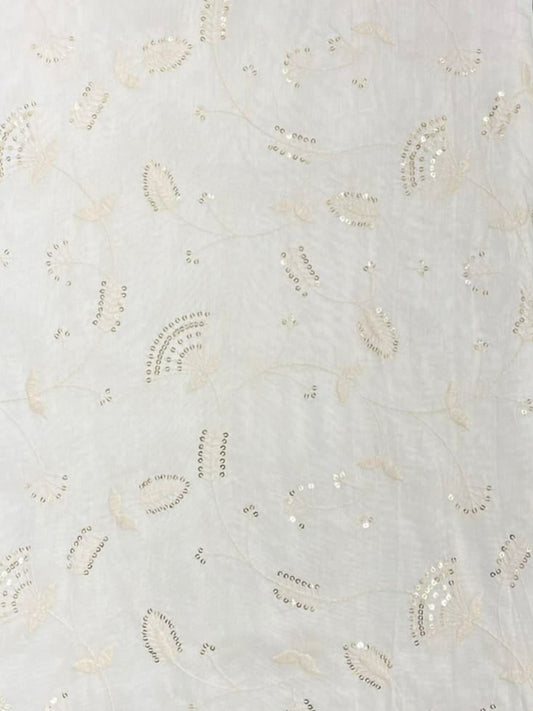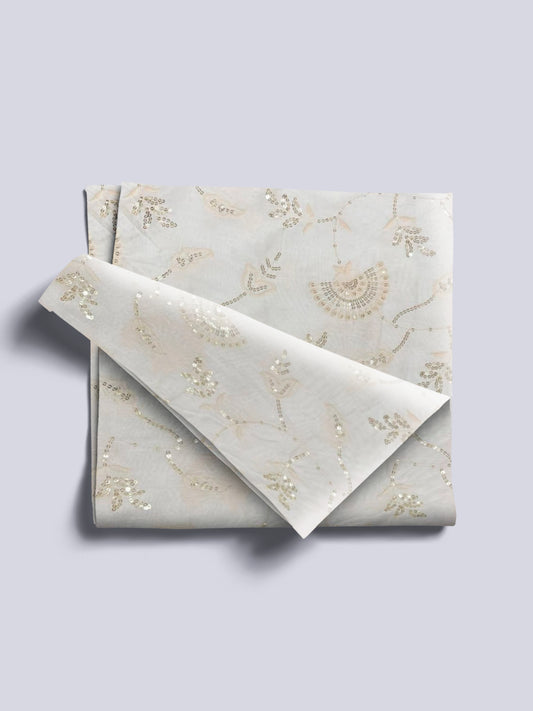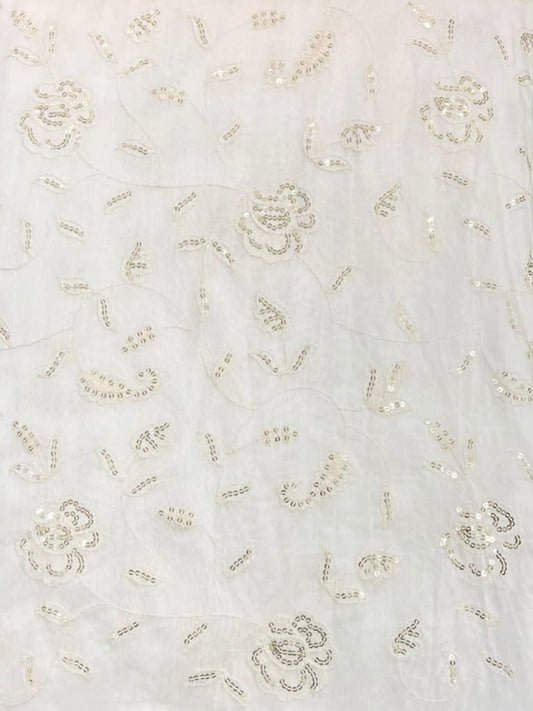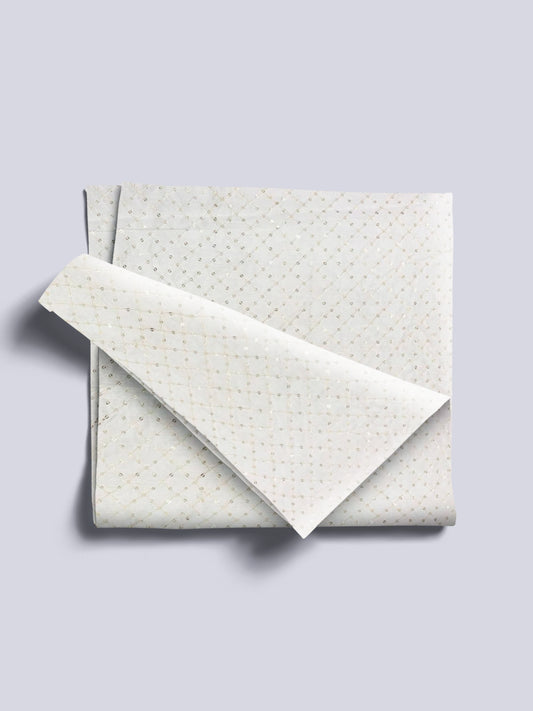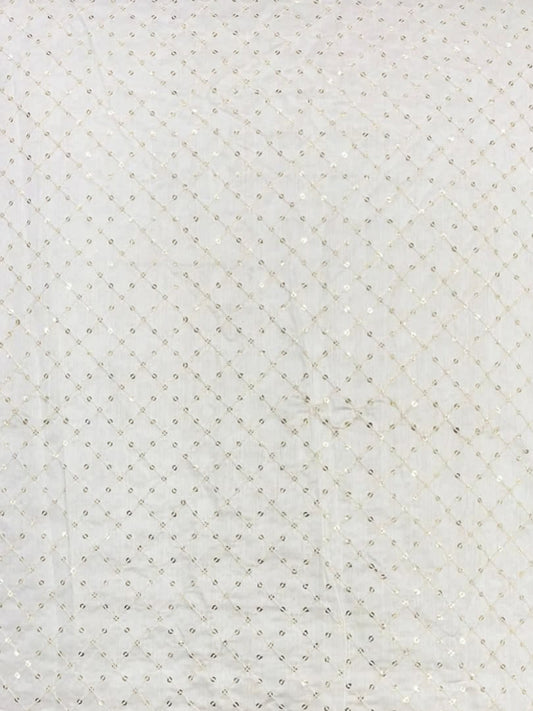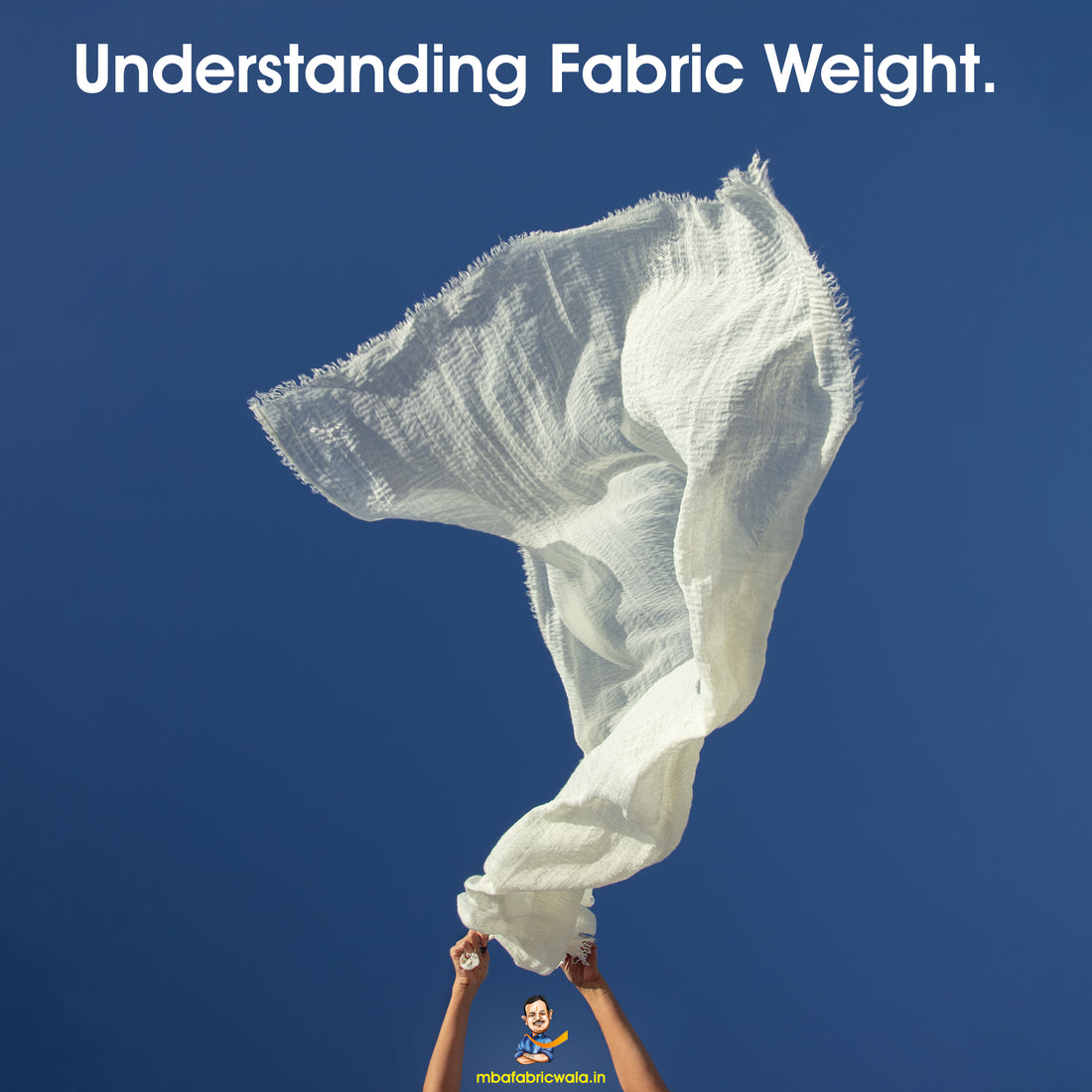In the ever-evolving landscape of textiles, understanding fabric weight stands as a pivotal factor in crafting garments of superior quality. Whether you're a boutique owner, fashion designer, or a clothing brand proprietor, comprehending the nuances of fabric weight can revolutionize your creations, elevating both aesthetic appeal and functional excellence.
Demystifying Fabric Weight

Fabric weight, measured in grams per square meter (gsm) or kilograms per 100 meters (kg/100m), serves as a navigational tool for designers and manufacturers, guiding them towards optimal material selections. It quantifies a fabric's density, thickness, durability, and drape, all indispensable elements in the garment creation process.
Importance of Fabric Weight
-
Quality Assurance:

The weight of a fabric often serves as a reflection of its quality. Heavier fabrics typically boast superior durability and insulation, making them ideal for outerwear and upholstery. Conversely, lighter fabrics exude gracefulness, making them perfect for delicate attire like lingerie and summer garments. -
Performance Enhancement:

Fabric weight plays a crucial role in determining a garment's performance attributes. Lightweight, breathable fabrics are favored in activewear and performance attire, enhancing comfort and agility. Conversely, heavier fabrics offer structural integrity, catering to tailored pieces that demand stability and shape retention. -
Aesthetic Elevation:

Fabric weight is an architect of a garment's aesthetic appeal, shaping how it drapes and flows on the body. It sculpts the silhouette and defines the overall visual allure of the attire, enhancing its elegance and charm.
Fabric Weight Across Top Manufacturing and Consuming Countries
-
India:

The fabric weight spectrum in India spans from lightweight and breathable traditional handloom fabrics like Khadi to heavier options like denim and canvas, offering diversity to cater to various preferences. -
USA:

The United States boasts a diverse fabric range, from lightweight cotton for casual wear to heavyweight denim for iconic jeans, reflecting the nation's emphasis on quality and innovation. -
Bangladesh:

As a hub for garment manufacturing, Bangladesh produces a significant volume of lightweight fabrics for mass-market apparel, alongside an emerging demand for heavier fabrics, particularly for outerwear and workwear. -
UK and EU:

Fabric weight trends in the UK and EU blend traditional craftsmanship with contemporary fashion, with lightweight options like chiffon for formalwear and heavier fabrics like wool and tweed for tailored garments. -
Russia:

Renowned for producing high-quality fabrics, Russia offers heavyweight options like wool and fur for cold climates, alongside lighter choices like silk and linen for luxury apparel.
Conclusion

Fabric weight is the cornerstone of garment creation, empowering stakeholders to craft masterpieces that seamlessly blend style and substance. By understanding fabric weight and its nuanced implications, designers and manufacturers embark on a journey towards sartorial excellence, meticulously selecting fabrics to meet their vision and standards.
